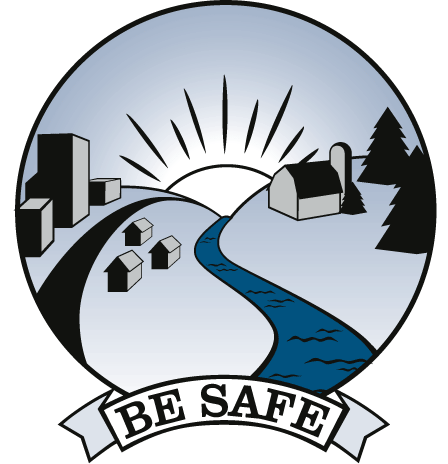![]()
![]()
Protecting
Children’s
Health

Disturbing Increases in Childhood Diseases
- Childhood cancer continues to increase and is the number one disease related cause of death in children. [ALA 1998]. Children up to four years of age show increases of 53% in brain and other nervous system cancers, and 32% in kidney and urinary system cancers from 1973 to 1995.
- Female teenagers ages 15 to 19 experienced a 78% increase in ovarian cancer; male teens experienced a 65% increase in testicular cancer; and all teens saw a 128% increase in non-Hodgkin’s lymphoma from 1973 to 1995. [NCI 1998].
- Childhood learning disabilities, hyperactive behavior and the inability to maintain attention have soared nationwide. The number of children in special education programs increased 191% from 1977 to 1994. [GBPSR 2000].
- Asthma afflicts nearly 4.8 million U.S. children. Asthma rates among children under 5 years of age increased 160% between 1980 and 1994, and by 74% among children 5 to 14 years of age. It is the leading cause of school absenteeism and hospital admissions (for chronic conditions.) [ALA 1998].
BE
SAFE: Take Precautionary Action
to
Protect Our Children’s Health
BE SAFE’s FOUR PRINCIPLES
1. HEED EARLY WARNING SIGNS
Many parents, teachers, health practitioners and scientific researchers are worried about the growing trend of childhood diseases. Chemicals in our everyday environments—such as our home drinking water or school indoor air—likely play a role in these alarming statistics. Health investigators are undertaking studies to better understand the link between an increase in a disease and a specific type of exposure.
While the science on environmental health is young, and there is much we do not yet know about the harm to children from chemical exposures, we do know enough to act. Substantial research has shown lead reduces children’s intelligence and causes neurological problems. [Needleman 1994]. Certain persistent toxic chemicals, such as dioxin, reach the baby while still in the mother’s womb and can cause learning disabilities, a weakened immune system (more ear infections for instance) and cancer. [APDR 1999].
Over a billion pounds of neurotoxins (chemicals that can affect a child’s brain) are released annually by industrial facilities, contaminating our children’s air, water and food. This does not include those to which we are exposed from everyday products which are not generally labeled. Some neurotoxins are applied intentionally. Schools, for example, often use pesticides on a routine basis exposing children to dangerous chemical residues on floors and athletic fields. Numerous scientists believe many diseases and learning problems may be related to children’s exposure to chemicals. [GBPSR 2000; Needleman 1994].
Growing childhood diseases and disabilities could have a devastating impact on our nation and future generations. [CPOC 2001]. How can we address the growing numbers of children who are sick or unable to reach their full intellectual potential? Heed these early warning signs, and prevent toxic exposures by taking a precautionary approach.